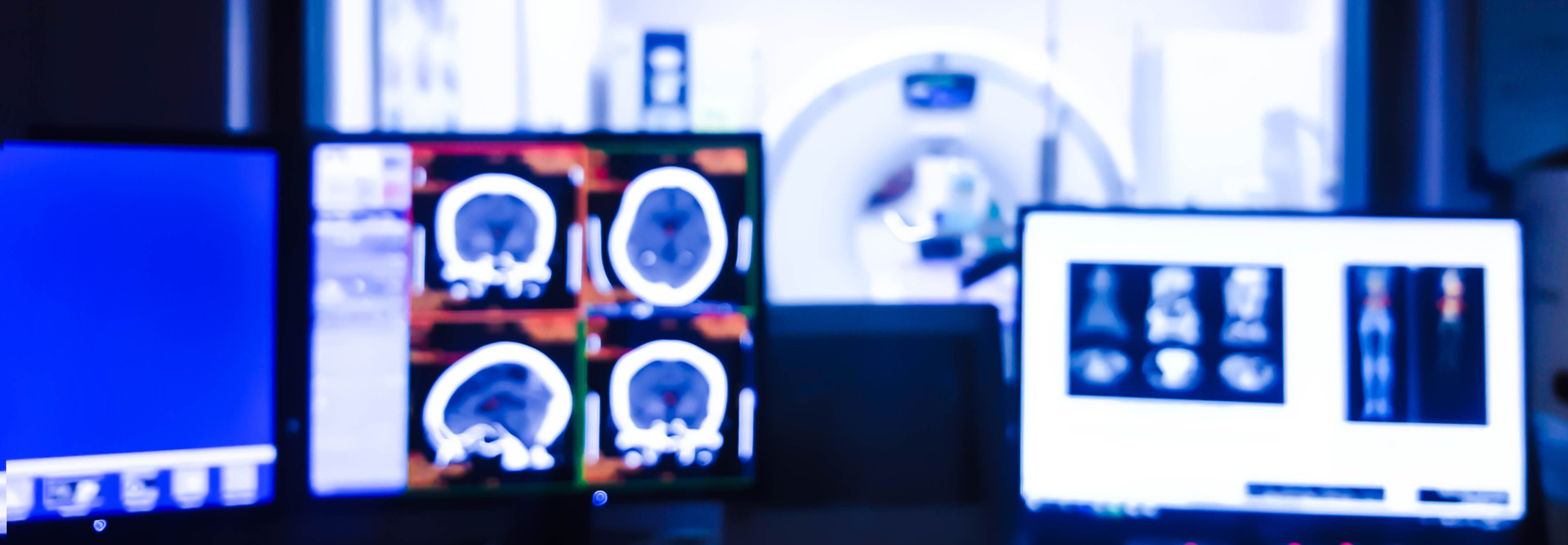Network Monitoring: What Makes It So Crucial Today?
Network monitoring is a critical IT process. It ensures the performance and availability of networking components such as firewalls, servers and virtual machines, and can be beneficial to healthcare organizations of all sizes.
Traditionally, network monitoring systems have helped to identify bottlenecks and failures on an organization’s computer networks, but that’s about as far as their capabilities reached. Consider the example of NYU Langone Health. Just five years ago, the organization’s network monitoring solution covered only the basics: Was the network up? Was it down? Was there sufficient capacity?
“The systems could inform us that something could be down,” says Phil Karp, vice president of IT architecture and infrastructure at NYU Langone Health, “but we’d never know why.”
As the pace of innovation has continued to accelerate, however, so too has the need for — and capabilities of — network monitoring tools. Today, these solutions are necessary to account for modern technology such as smartphones, wearables and other Internet of Things devices.
It’s not enough to simply have a network monitoring system in place, explains Bradley Hunter, a research director in population health at KLAS Research. Hunter notes that an effective deployment requires a proactive approach. “If it’s not done well, it’s something you’ll think about every single day.”
Here’s a look at how the technology has changed recently, helping healthcare organizations to achieve and maintain a modern IT environment that actively works to prevent network downtime or failures.
READ MORE: Enhance medical IoT device security through successful endpoint management solutions.
Healthcare IoT Presents Both Obstacles and Opportunities
In the past, Karp says, the IT team at NYU Langone Health wouldn’t have worried about monitoring things like radiology equipment because it wasn’t connected to the network. That is no longer the case as IoT devices are introduced into healthcare settings.
“The amount of diversity of things that are connected to the network now is significant. It’s pretty much everything we bring in,” says Karp. That is increasingly becoming the standard across the industry.
A 2018 Aruba Networks report found that 87 percent of healthcare organizations were planning to adopt IoT devices in some form by 2019. As IoT continues its expansion into healthcare, IT teams must reconsider how they think about their networks.
A recommended starting point is to have the proper monitoring solutions in place before taking on a large-scale IoT implementation. These solutions can make the process smoother and more successful by addressing network needs upfront. By examining an organization’s current network, these solutions can present teams with the unique knowledge necessary to build out a robust rollout plan.
IT teams should also consider how the data collected from monitoring IoT devices can inform network decisions. Generally, today’s cloud-based monitoring tools not only analyze data but present teams with actionable insights in a dashboard format to help them improve the overall network.
The dashboard data can help manage the increased network congestion and security risks often associated with IoT devices. Network monitoring makes solving problems quicker, as the dashboard will indicate clearly which device is causing the failure, reducing the time it takes to identify and address the problem.
“The greatest invention of our day,” says Hunter, “is Big Data, because it allows us to see things that we couldn’t otherwise see.”
Hunter also notes that the benefits of the data drawn from network monitoring are just starting to be realized. “The biggest changes that will happen in the next five years are around our understanding of data, not so much the quantity of it,” he says.









